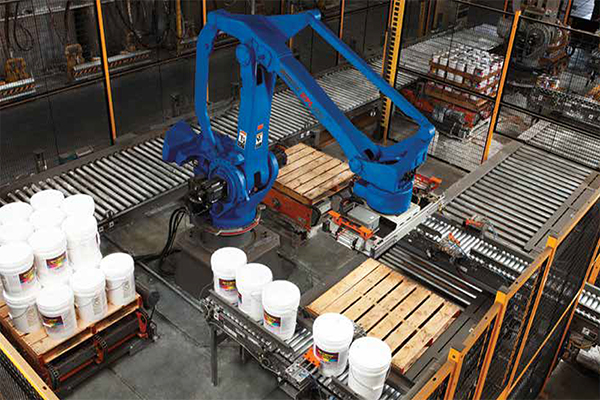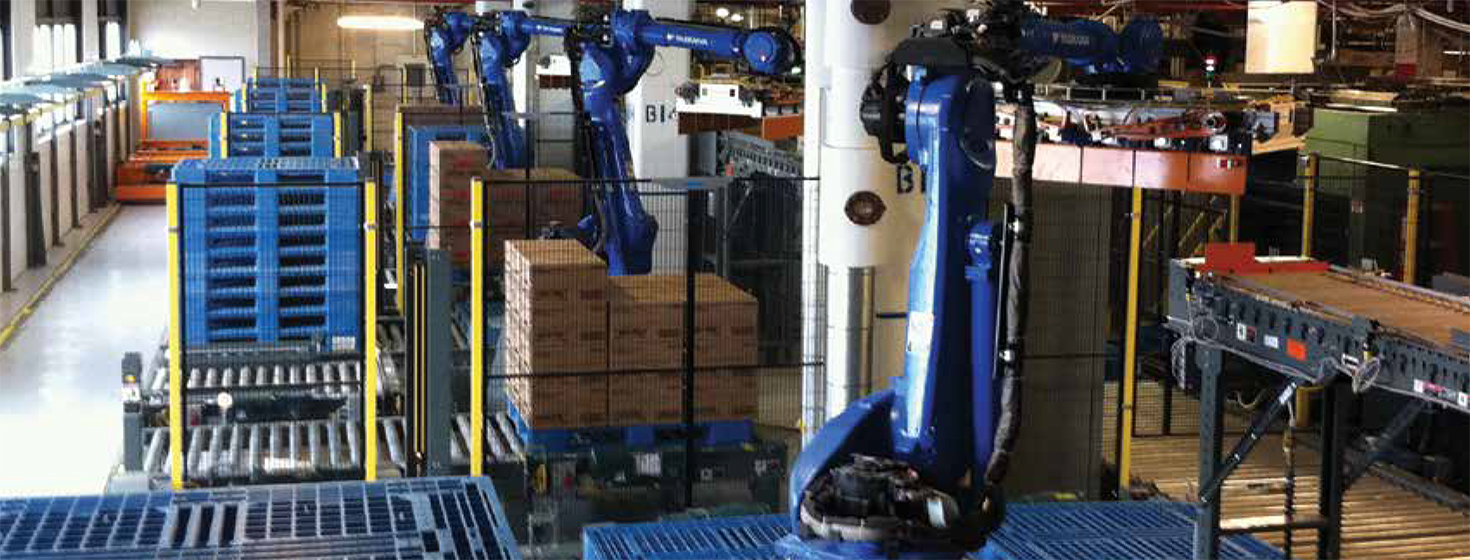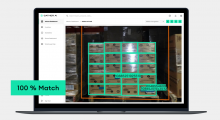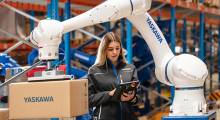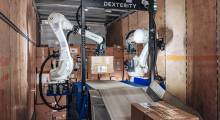In the last decade alone, workflow innovations and technological advancements have permeated every aspect of our personal and professional lives - the way we communicate, manage our home, conduct meetings and especially the way we shop.
The dramatic rise of e-commerce and its impact on the material handling industry and the supply chain at large has been remarkably transformative.
Download the White Paper: Conquer High-volume E-commerce with Goods-to-operator Order Fulfillment
The U.S. Census Bureau reports that U.S. retail e-commerce sales for the second quarter of 2017 were an estimated $111.5 billion, a 4.8 percent increase from the previous quarter.
Manufacturers are scaling up output, and distribution and fulfillment operations are pushing more product out the door in an effort to serve ever-increasing order volumes.
This growth drives a need to reduce order cycle times, increase accuracy and enable greater efficiency throughout the supply chain. In response, we've seen extraordinary industrial innovation over a very brief period.
Robots are not a new phenomenon. They've been around since the '60s performing various tasks in the factory, such as welding cars on assembly lines. Robots made inroads into logistics in the '90s in the form of robotic palletizing and case packing applications. All of these applications share a common thread of a consistent, known environment and material which yields optimal performance in repetitive manufacturing processes.
Traditionally, robots have struggled with uncertainty and unstructured environments such as those seen in the warehouse as well as distribution and fulfillment operations. This is changing rapidly. Advancements in computer vision serve as excellent examples of the diffusion of innovation in robotic material handling solutions.
However, some vision sensors for robotics systems weren't originally developed for industrial use. Any guesses?

The Microsoft Kinect (now discontinued - RIP) Xbox gaming consoles allowed players to direct the action of a game simply by moving their bodies, but researchers quickly realized this tech could be used to greatly improve how robotic systems “see.” These sensors provided 3D data which proved to be extremely valuable since robots move in the real world.
Fast forward a few years and we now have industrial sensors providing similar information that enables robots to function in new and more challenging environments like those seen in warehouses and fulfillment operations.
Coupling the advances in computer vision with the increase in computing power and adding the advances in machine learning and artificial intelligence (AI), robotic systems are becoming more capable every day. But, what can robots do in the warehouse now?
Learn More: Intelligence for the Connected Enterprise
Applications like robotic tote or case palletizing and depalletizing are such examples of robotics in the warehouse. Building on the robotic palletizing core, robotic tooling to pick-and-place totes leverages both traditional robotics and advanced sensors to stack and de-stack totes for a wide variety of end use cases, driving greater efficiency in downstream supply chain processes.
Fully automated robotic applications like each-picking are now becoming viable solutions, with the necessary degree of precision, processing power, and handling capability becoming available at a cost-effective price point. Advances in perception, motion planning, and grasping enable picking capabilities that approach the speed and ability of manual operators while offering the superior predictability, scalability, accuracy, and efficiency of automation.
Although impressive, these robots still cannot yet handle the extreme variety of products seen in all e-commerce fulfillment operations, but they are showing quite some promise for the right product mix.
Building on many of the recent advancements from the massive investments in self-driving cars, indoor mobile robots have been making inroads into the warehouse. These vehicles are capable of navigating autonomously in the warehouse by using a suite of sensors much like a self-driving car drives on the street. These vehicles can do some of the walking required of warehouse workers, freeing them up to provide more value-added services unique to the worker's skill set.
Though still in their infancy, small carrier robots are currently on the sidewalks of San Francisco and a handful of other test cities delivering hot meals to hungry customers. Autonomous drones are also being evaluated for use in inventory warehouses and external deployment as last-mile and direct-to-consumer delivery solutions. And that's just one of many recent technological developments. This up-close and personal consumer interaction with autonomous machines is a relatively new phenomenon and still needs to mature.
As technological breakthroughs continue at an extraordinary rate, it becomes less clear where the next material handling innovation will come from. Self-driving vehicles? Artificial Intelligence (AI)? Alternate/Virtual Reality? Only time will tell.
Download: The Robotics Solutions Brochure
Related Articles:
Smart palletizing drives more efficient supply chains
More palletizing flexibility - hold the hassle
Six benefits of robotic palletizing software
Intelligence for the Connected Enterprise
Tap into the power of data insights. Understand the impact of artificial intelligence on the enterprise. Enhance operational productivity and safety.
 11:00 A.M. – 12:00 P.M. CST, Wednesday, February 14, 2018, Live From Dallas, Texas (U.S.)
11:00 A.M. – 12:00 P.M. CST, Wednesday, February 14, 2018, Live From Dallas, Texas (U.S.)
Article topics
Email Sign Up

